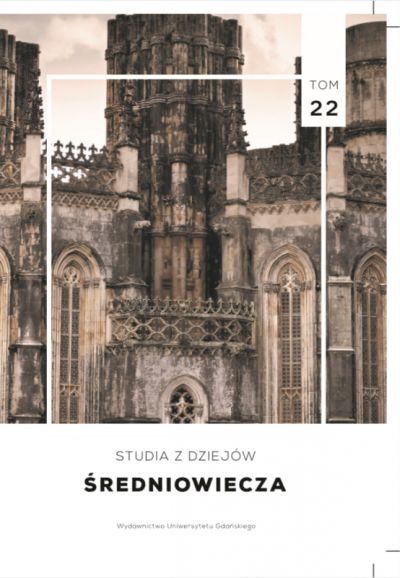The origins of the primatial authority of the archbishops of Esztergom in Hungary (eleventh–fourteenth centuries)
DOI:
https://doi.org/10.4467/25442562SDS.18.009.9811Słowa kluczowe:
archbishops of Esztergom, Hungary, ecclesiastical hierarchy, sources and theories, primateAbstrakt
In the hierarchy of the Roman Catholic Church the primate is a jurisdictional rank between the pope and one or more metropolitan archbishops. It would be rather difficult to define the exact role or enumerate the powers of the primates in general as their prerogatives differ widely in different eras, and besides canon law, they are heavily influenced by papal or royal privileges and regional customs. A future summary of the medieval history of the primates would, therefore, require the independent analysis of every single national primacy that has ever existed in western Christianity during this period. The present study analyses the process how the archbishops of Esztergom consolidated their dominant position in the ecclesiastical hierarchy of the medieval Kingdom of Hungary. Although the dignity of the Primate of Hungary was only conferred to the archbishops at the end of the fourteenth century, several sources indicate that many of their powers existed centuries before the official papal appointment to primate. After a short review of the institution’s history in the Early and High Middle Ages, based on the jurisdictional conflicts between the two Hungarian archbishops, I present the powers and privileges that belonged to the prelate of Esztergom. Finally, based on the results of previous studies and the critical analysis of primary sources—among them a document that has never been discussed before in Hungarian historiography—I reconstruct the early stages of the evolution of the primatial role of the Archbishop of Esztergom.

 Uniwersyteckie Czasopisma Naukowe
Uniwersyteckie Czasopisma Naukowe





